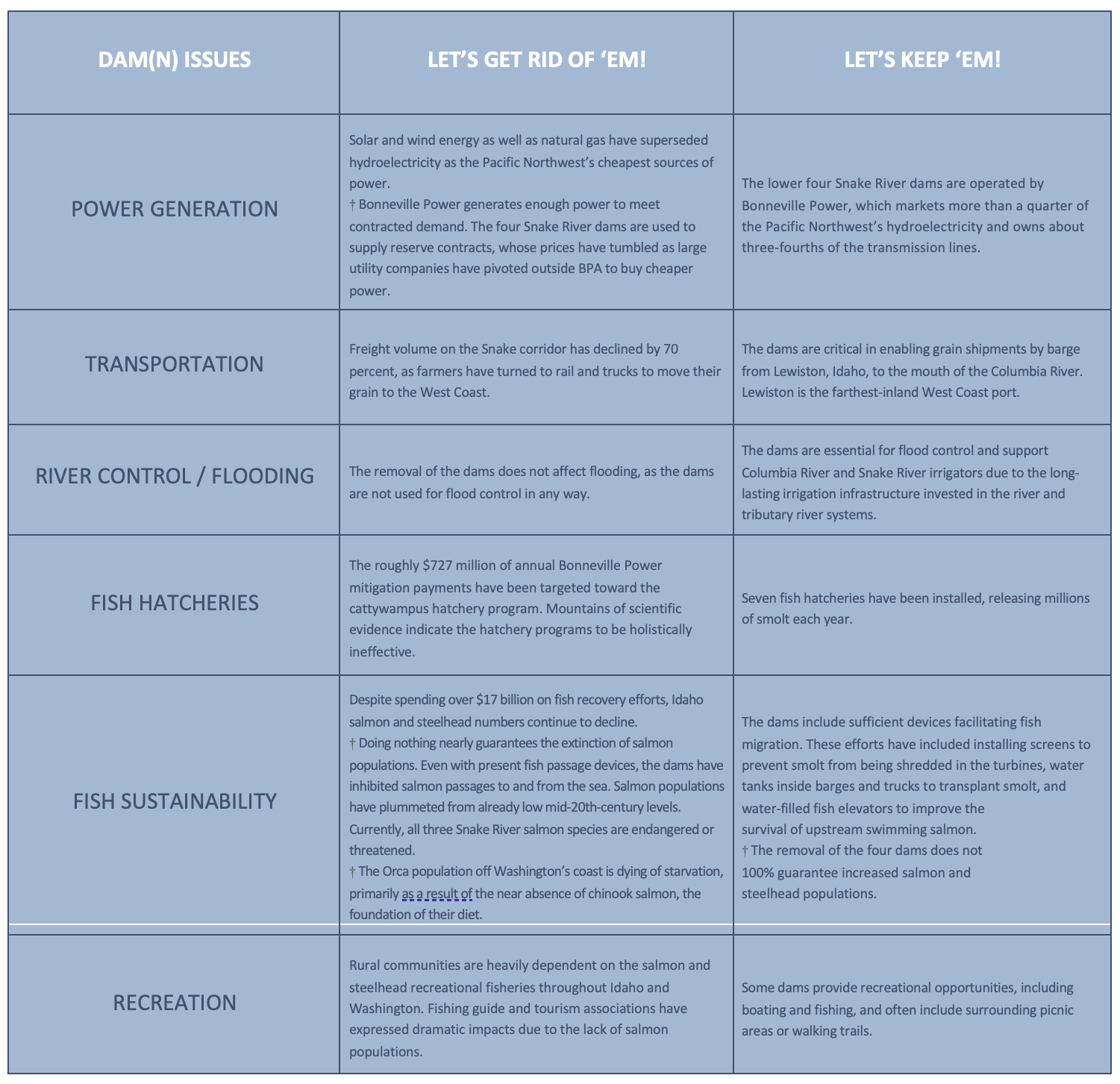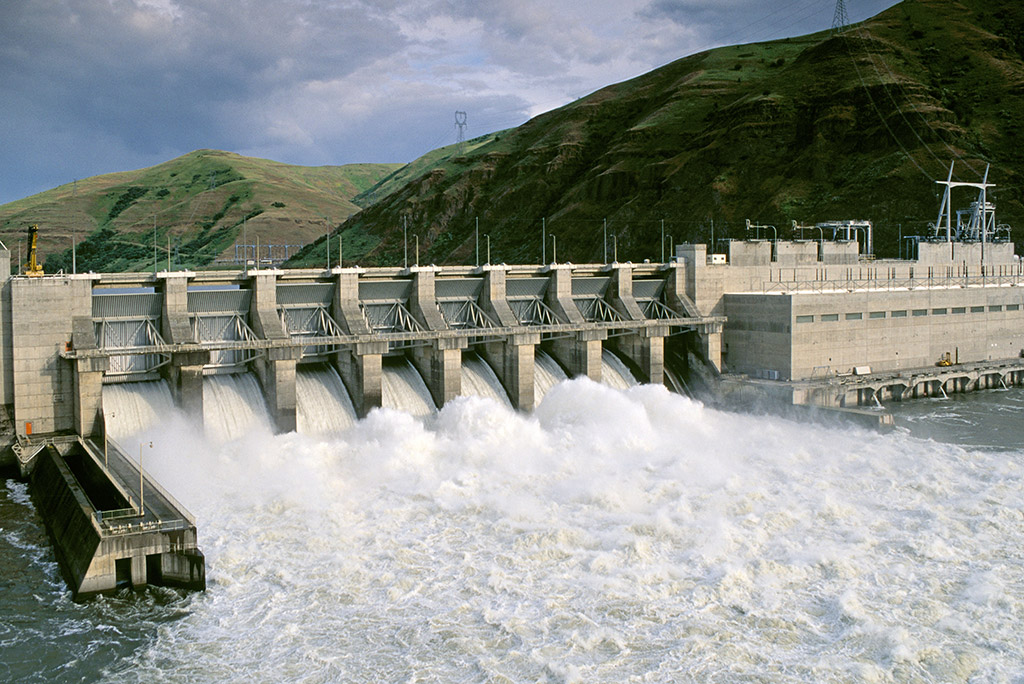The Snake River dam removal has been one of the hottest environmental and energy debates in the western United States. The issue is incredibly complex, multi-faceted and ties together many different industries and constituents. On Feb. 7, 2021, U.S. Congressman Mike Simpson (R-Idaho) announced a $33.5 billion proposal to breach the four dams on the lower Snake River in Washington by the end of the next decade. The proposal was included with his Energy & Salmon Concept, which quickly garnered a “shocked” public reaction. The goal: to free up the waterway for long-ranging salmon.
On April 8, 2021, the Idaho State Senate voted 28-6 to approve a joint memorial opposing the removal or breaching of the Columbia-Snake River dams. The memorial says breaching dams or taking water for fish enhancement efforts “would inflict on the citizenry of the state a loss in economic and trade opportunities, a loss of recharge waters for the state’s aquifers, a loss of navigation and transportation, an increased risk of floods, an increase in electrical rates, a shortfall in power generation, a loss of recreational opportunities and a threatened quality of life for Idaho citizens.”
Senate Joint Memorial 103 would be the Idaho Legislature’s position sent to the U.S. Senate president, U.S. House speaker and congressional delegates for Idaho, Montana, Washington and Oregon.
Idaho Governor Brad Little became the first governor in the Columbia Basin Collaborative—made up of leaders from Idaho, Washington, Oregon and Montana—to publicly oppose Simpson’s plan, saying, “Breaching the dams would have devastating impacts on Idahoans and vital segments of Idaho’s economy.”
But would it? Let’s examine the many sides to the dam removal debate.:



